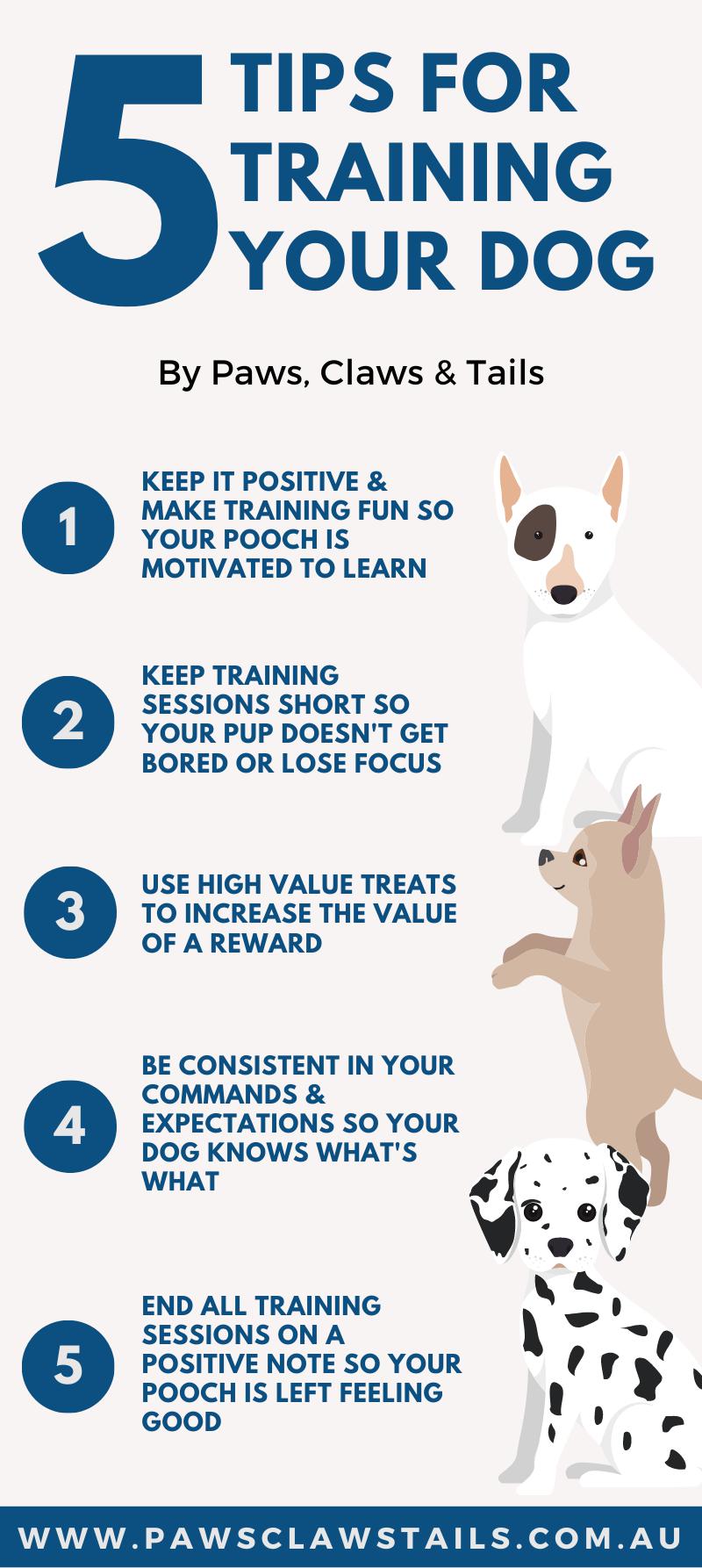What are the 7 Basic Dog Commands?
- Written by NewsServices.com

For anyone who has a new dog or is planning to get one, whether a puppy or adult rescue, it is likely that they need some training. A well-behaved dog should be able to understand and respond to seven basic commands and be a good dog. These are the commands that you will use regularly with your dog whether you are in the back yard or out for a walk-in public. You can train your dog to learn and know all these commands in several practice sessions that last about 15 minutes each every day. In about one week’s time, your pet should have these commands completely mastered. So what are these seven commands?
Sit
Sit is the most important command and the most natural concept that you can teach to a dog. It is the easiest command for any dog to learn. Even puppies that are new to training can learn this command in a few short sessions. This is what is known as a transition command, once you have taught your dog to sit, you can build on that and teach him many other commands.
Down
Down is a command you want to teach your dog so that he will drop the moment that you say down. When your dog is standing, he can easily bolt because he is ready to move in any direction. When your dog is sitting, he is still ready to bolt but not as quickly, but when your dog is down, it cannot easily move. When you can control your dog by getting him to the down position, you can also transition from that command to other more complicated tricks.
Stay
If your dog knows the “stay” command, they are not going to run off into the street once they have managed to get loose. You can teach your dog this command when they are hungry and tired so they will focus on you. You must be very patient with your dog because it takes a few days for them to understand the command of stay and several weeks for them to be able to master the command, which often leads owners to wonder, do dogs know we love them?. Keep practicing this one until your dog has it down because it will protect your dog from danger.
Come
When you are going to be anywhere where your dog is off leash, they need to know the “come” command when you call them. This will keep your dog safe and if they happen to get away from you, you can be assured that they will come back with good recall. The “stay” command makes the process of training your dog to “come” much easier.
Heel
Your dog can be taught to heel and walk beside you in a calm manner. If you tend to exercise your dog near roads that have a lot of traffic and on narrow sidewalks. If you have a larger, strong dog that wants to pull on the leash, then teaching them this command makes walking your dog much easier and a lot more pleasant for you and your dog. You will not have to endure having your arm pulled when you dog learns how to heel.
Off
Dogs commonly jump up on people and onto furniture that they should not jump on. If your dog cannot stay down, do not give up. You can get your dog to stay off by doing several things. Turn your back when your dog jumps up, grab their paws and then shake a plastic bottle full of coins and say “OFF”. These things all work to discourage your pet from jumping up on you. When you see your dog jump up on your bed or furniture, grab them immediately, pull them off the furniture while saying “off” loudly.
No
No and “leave it” it are two different commands. Use “no” when your dog should not do something and “leave it” when you do not want your dog to leave something and not investigate it further. No is a simple command that covers off every situation. It prevents confusion for your pet and ensures that your pup will listen when it is important for them to do so.

Image from Paws Claws Tails Dog Training Sunshine Coast
When you work with your dog and spend time with him, he will quickly learn these seven commands. Start with the most basic command of “sit” and work your way through this list. As your dog learns each of these commands, he starts to gain confidence he will become a better pet overall. Working with your dog strengthens the relationship between the two of you and creates a strong bond as you get to know one another.







